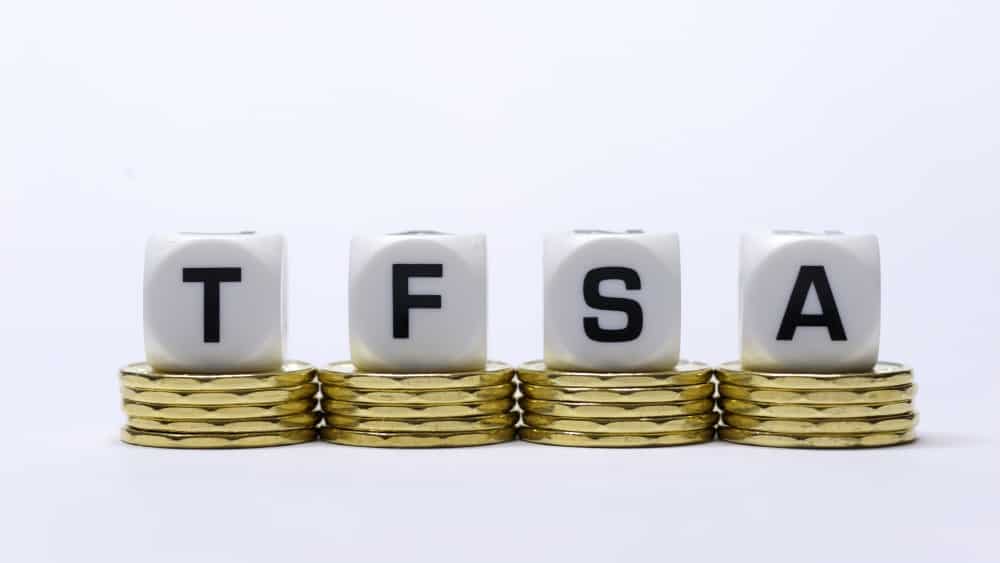Canadian parents would have seen some extra cash in their bank accounts earlier this year. The Canada Revenue Agency (CRA) made a one-time increase to the Canada Child Benefit (CCB) to help residents during the COVID-19 pandemic.
Several Canadians received a one-time extra payment of $300 per child by the Canada Revenue Agency in May. For Canadians with two children, the payment doubled to $600. People who are eligible for the CCB but did not file their 2018 taxes would not have received this extra payment.
The Canada Revenue Agency said while it was not necessary to file taxes for 2019 to receive the CCB payment increase, taxes need to be filed to get benefits and credits for the 2020-2021 benefit year.
What is the Child Care Benefit?
The Child Care Benefit replaced the universal child care benefit and the Canada child tax benefit in 2016. The CCB provides a maximum annual benefit of $6,400 per child under the age of six and $5,400 per child between the ages of six and 17. The CCB is a tax-free benefit and will not be part of your net income.
The CCB will start to reduce if your adjusted family net income is over $30,000. For example, a family with an adjusted net income of $80,000 and one child under the age of six would have the CCB phased out as below.
The maximum benefit for a single child under the age of six is $6,400. The Canada Revenue Agency will have the annual benefit phased out based out on the total of:
- 7% of the adjusted family net income between $30,000 and $65,000
($35,000 × 7% = $2,450); and - 2% of the adjusted family net income over $65,000 ($15,000 × 3.2% = $480)
This suggests the family would be eligible to receive an annual CCB of $3,470 or $289 per month. So, for families with a net income of over $188,438 and with a child below the age of six the CCB will be phased out completely.
You can make small contributions and generate long-term wealth
The CCB aims to financially support Canadians to raise a child. You can in fact set aside a portion of your net income and invest it in financial instruments such as ETFs (exchange-traded funds) to create a savings fund for your child.
The iShares Core S&P 500 Index ETF (TSX:XSP) provides investors with exposure to the top 500 companies south of the border. So, you will indirectly be investing in high-growth tech giants such as Apple, Amazon, Alphabet, Netflix, Microsoft, and Facebook, among many others. This ETF is hedged, which insulates Canadians from currency fluctuations.
In the last 10 years, the XSP has generated annual returns of 10.7%. Keeping this rate as a constant, if you invest $500 each month in the XSP ETF for a period of 18 years, your portfolio value will balloon to $3,28,000 at the end of the forecast period.
While historical returns do not guarantee future gains, we can see how long-term investors can benefit from compounded returns by investing passively in an ETF. The total investment you make over the course of 18 years is $108,000. Comparatively, your capital gain is around $220,000.



